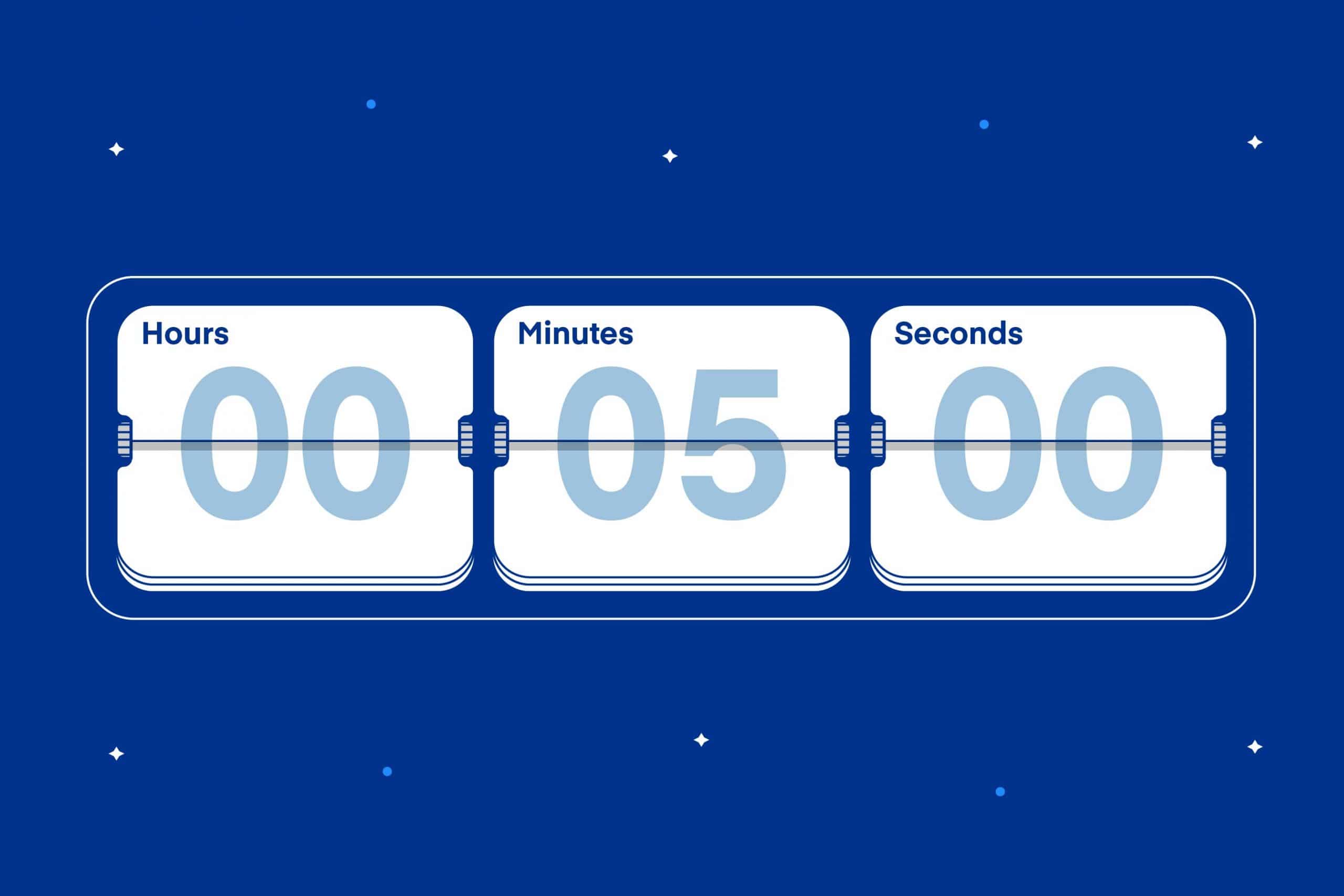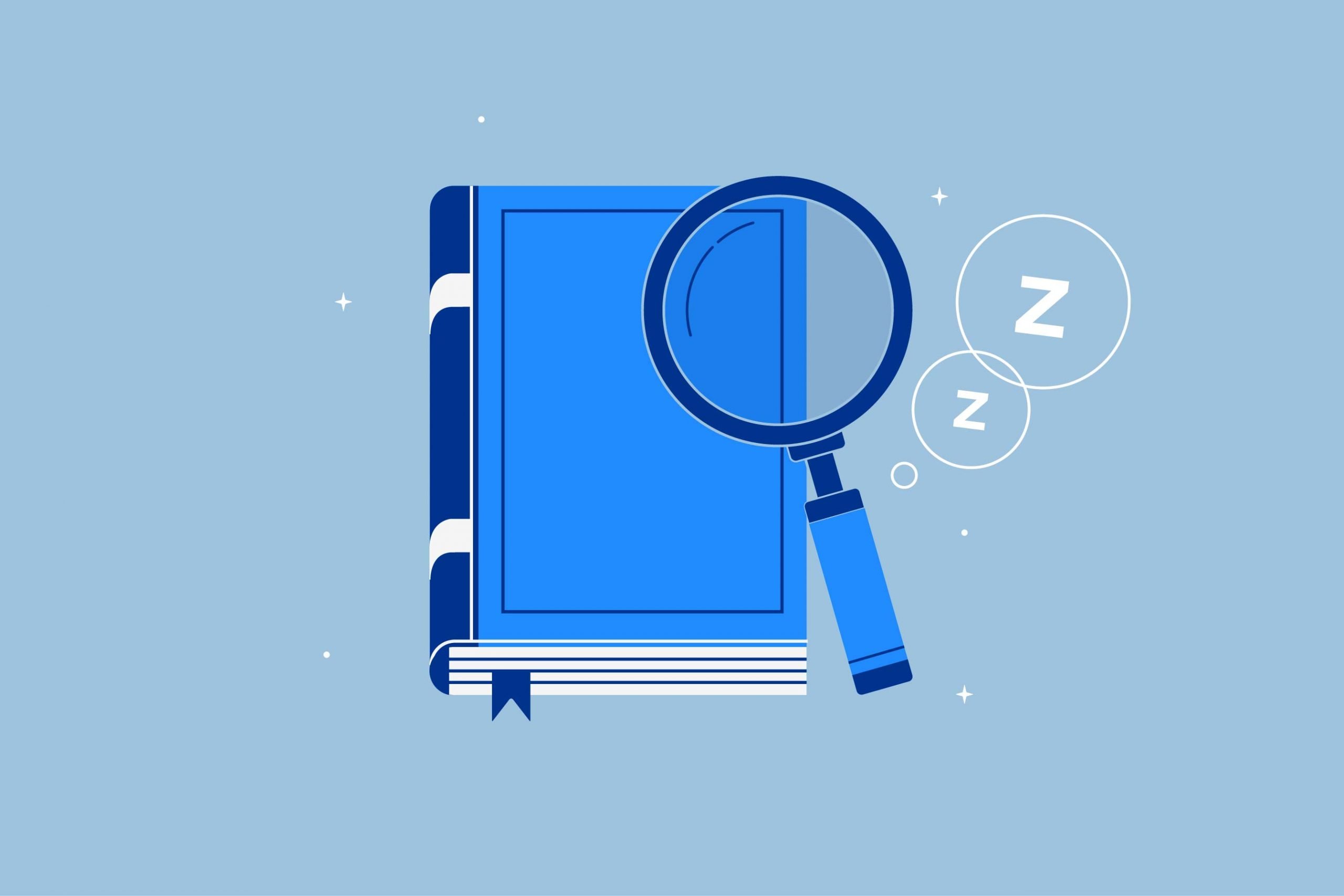Key Takeaways
- Slow, deep breathing can help relax your body and mind. The 4-7-8 breathing method is one simple technique to try.
- Keep your bedroom completely dark and cool in temperature. Darkness, quiet, and a cooler room temperature align with your body’s natural sleep cues.
- Avoid screens and bright lights before bedtime. The blue light from electronics disrupts your circadian rhythms and makes it harder to fall asleep. Dim lights in the evening.
Learning how to fall asleep fast sounds difficult, right? Try these strategies — all you need is your mind and your smartphone.
Some nights falling asleep quickly doesn’t come easy, and tossing, turning and thinking about not sleeping only makes it worse. You probably know the basic ideas like reading a book and turning off your electronics, but when those don’t work what can you do?
Turns out, there are some unconventional tactics that sleep experts have stumbled upon that rely on your own biology and psychology to induce relaxation.
“A key to falling asleep quickly is mastering relaxation techniques,” emphasizes Dr. Devon Hoffman. “For instance, deep breathing and progressive muscle relaxation can significantly shorten the time it takes to drift off.”
8 Ways to Fall Asleep Fast
Here are a few creative but simple strategies you can try practically anywhere to snooze faster and sleep better tonight.
“We’ve done the research so you don’t have to lose sleep over it,” says Dr. Hoffman.
Of course, these don’t replace medical advice from your doctor, and you should still consult a medical professional if you have serious sleep problems. But bookmark this page and give these tips a try, and you might be surprised to find that they can make a big difference between a restless night and sweet dreams.
It’s good to learn tricks like these sooner rather than later, as Dr. Hoffman notes that sleep disturbances and difficulty falling asleep can become more common with age. Verified Source National Library of Medicine (NIH) World’s largest medical library, making biomedical data and information more accessible. View source
1. Breathe slowly and purposefully
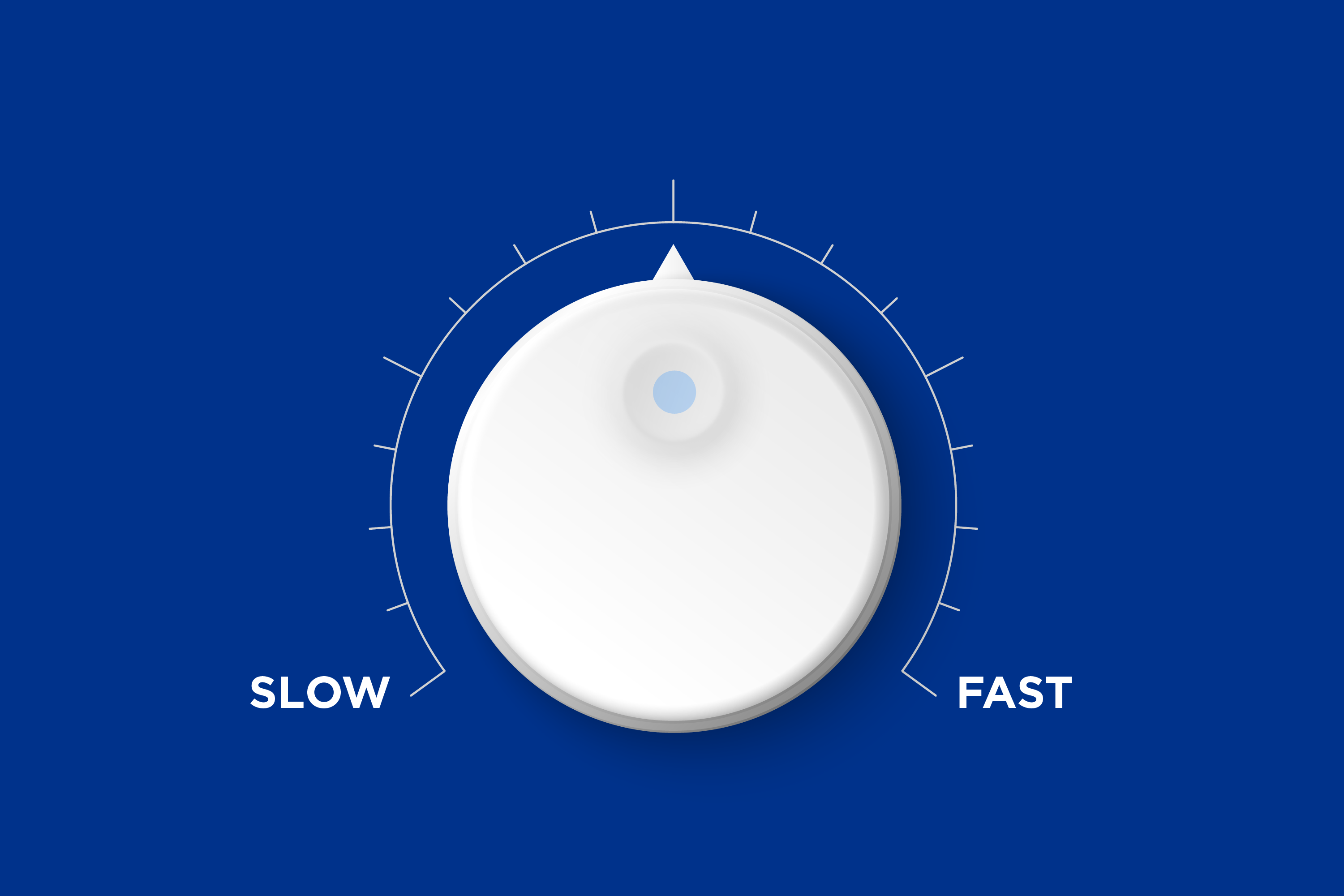
Breathing patterns play a role in our autonomic nervous system, which regulates heart rate, muscle tension, motivation, and other aspects of relaxation or excitement. Whereas rapid, shallow breaths and other shortness of breath can create a sense of anxiety, deep, slow breaths can be calming.
One technique to try is the 4-7-8 method developed by Dr. Andrew Weil. The process is fairly simple, too. Here’s how to do it:
- Place the tip of your tongue against the ridge behind your upper teeth throughout the exercise (inhaling and exhaling).
- Exhale completely via your mouth, making a “whooshing” sound.
- 4: Now, close your mouth and inhale through your nose to a count of four.
- 7: Hold your breath for seven counts.
- 8: Exhale slowly out of your mouth to a count of eight, making the “whooshing” sound (pucker your lips if it feels awkward).
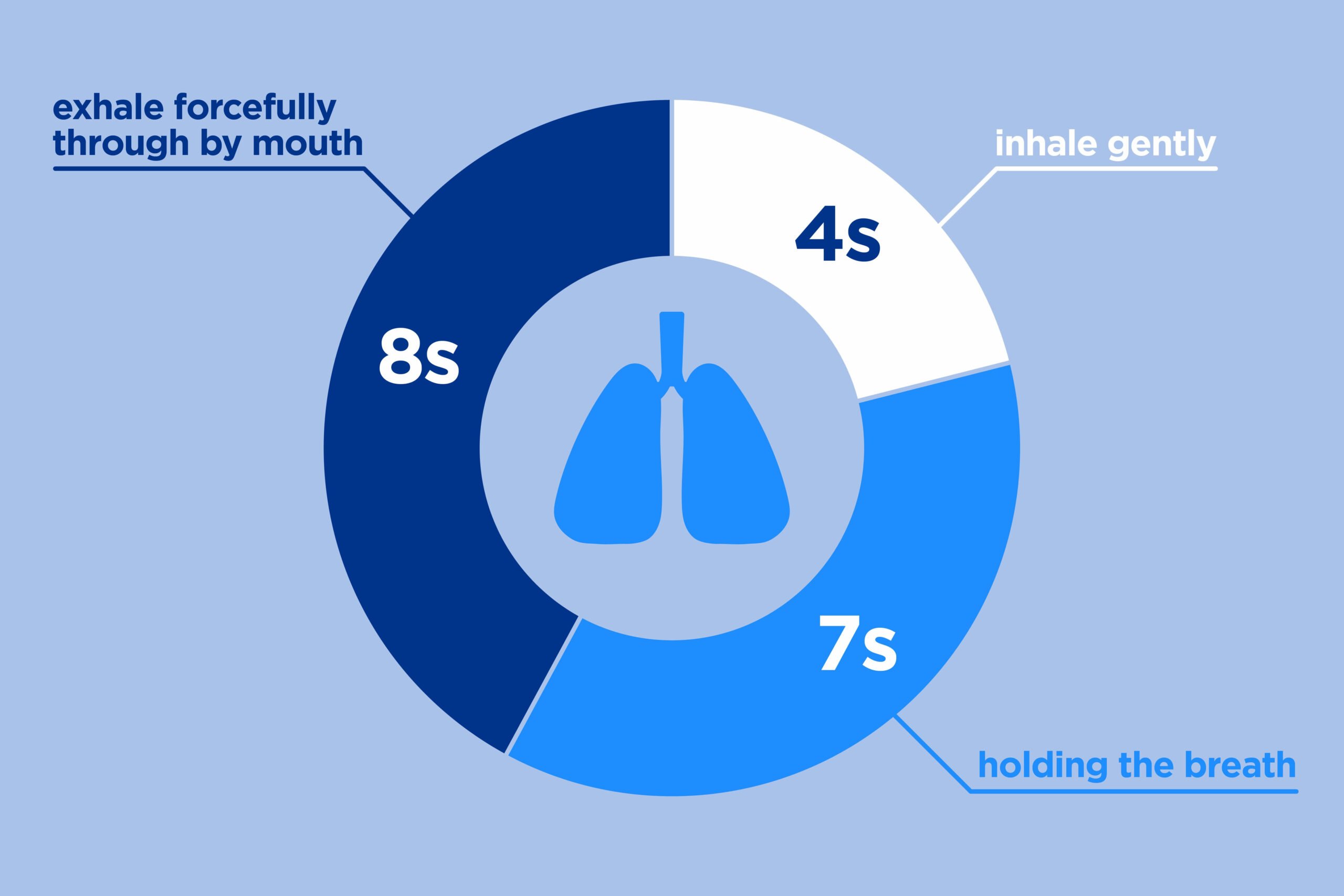
Dr. Weil recommends practicing the technique by sitting down with your back straight before trying it lying down and repeating the cycle four times to start until you get used to it.
Another technique is the equal breathing technique, where you inhale and exhale for the same count (such as four, five, or six seconds), helping to focus the mind and promote a sense of calmness conducive to sleep. This method encourages a sense of calmness and relaxation, as it promotes a balance between the inhale and exhale, helping to synchronize the breath with the body’s natural rhythm.
When practicing the equal breathing technique, it is recommended to repeat the breathing pattern for about 5 to 10 minutes or until a sense of relaxation and calmness is achieved. Consistent practice over time can help regulate the breath and promote a deeper sense of relaxation, potentially leading to improved sleep quality and overall well-being.
There’s also box breathing, an easy technique. Just inhale for four, hold for four, exhale for four, and hold for four. Repeat for relaxation and stress reduction in your daily routine.
2. Get a mattress of the right firmness

There is no “one size fits all” for mattress firmness. Different people, depending on sleep position, activity level, body mechanics, age, and other factors will sleep better on different levels of firmness or softness of a mattress. If you want to get the best night’s rest, the best mattress is the one that matches your body type and sleep style.
That’s why Amerisleep offers five different types of mattresses. The AS1 is the firmest mattress ideal for stomach and back sleepers who want the firmest feel. The AS5 is the softest mattress that’s ideal for side and combo sleepers who put more pressure on their hips and shoulders.
Looking for something in between? The AS3 is the perfect balance of firm and soft that supports your body, no matter which position you sleep in. The AS3 is also a good choice for couples with slightly different firmness preferences.
Finally, we wanted to make sure our customers could try our mattresses risk-free. That’s why we offer a 100-night sleep trial where you can try any of our mattresses in your own home for 100 nights.
3. Promote darkness
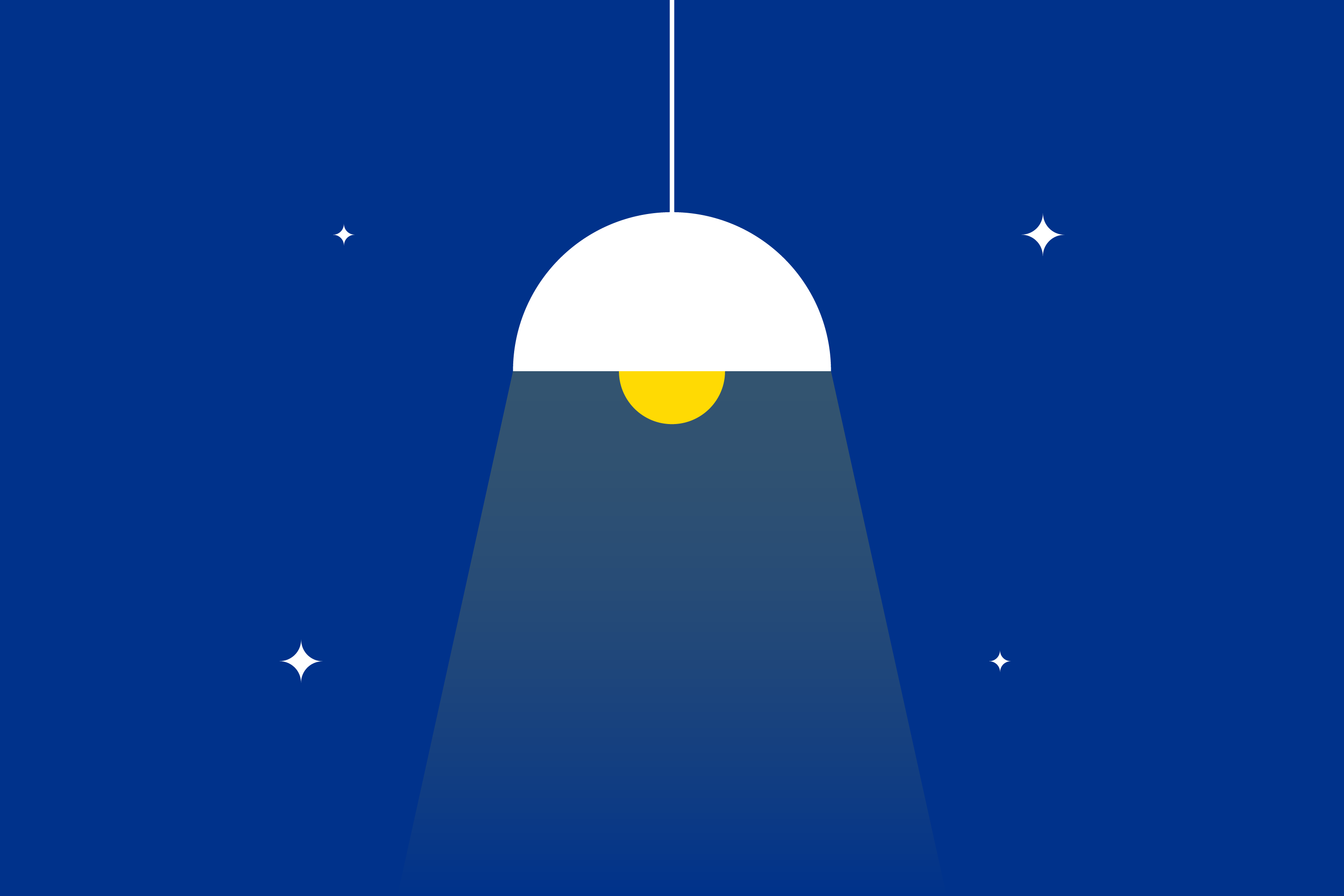
At one point in time, before the advent of smartphones, nights used to be dark and cold. And surprise, modern science finds that both cool temperatures and complete darkness are ideal for sleep.
According to circadian and sleep researcher Dr. Jade Wu, Ph.D. of Duke University, artificial lighting, Verified Source Harvard Health Blog run by Harvard Medical School offering in-depth guides to better health and articles on medical breakthroughs. View source and light from electronics Verified Source National Library of Medicine (NIH) World’s largest medical library, making biomedical data and information more accessible. View source can disrupt our biological clocks and tamper with our sleep quality.
“Keeping your bedroom free of artificial light and noise will not only ensure a nice, dark sleep environment, but also teach your brain that your “sleep cave” is for sleep only, not for social media, world events, and other things that get our minds going. This trains your brain to automatically relax when you get into bed.”

So, set up your bedroom like a prehistoric sleep cave. No television, laptops, tablets, or smartphones should be on when it’s time to sleep, establishing a tech-free bedroom. Use blackout shades or an eye mask if your room can’t achieve total darkness, or if your wake-up time is well past sunrise.
While creating a clutter-free bedroom is important, you don’t have to aim for a spartan appearance and eliminate anything that isn’t just your bed and nightstand:
- If you want to go beyond bland white bedroom walls, you can look at the best bedroom paint colors for sleep
- Some of the best bedroom plants can help you relax and sleep at night, releasing a soothing scent
- If you don’t have a green thumb for growing plants, you can try a diffuser with essential oils for sleep
- If you have a tiny bedroom, you can use mirrors and such to make a small bedroom look bigger
- If you have a nighttime skin routine, give yourself space to apply your products before bed

Start dimming lights at least 30 minutes before you want to sleep to tell your body that it’s bedtime. Even better, switch lamps to dimmer, warmer-colored bulbs and use apps like f.lux on computers to minimize light’s impact.
Naturally, we don’t recommend going so low-tech that you do without a mattress and pillow. Those are two items that should offer high-tech features to promote swift sleep, along with some optional accessories like:
4. Chill out

Ever notice how a cold office seems to leave you ready for nap time? Researchers have found that cooler temperatures do indeed appear to help us get deeper sleep, and fall asleep faster. Plus, nothing feels as dreamy as wrapping up in warm blankets in a cold room.
Why does this work? Well, as our circadian rhythms approach the sleep phase, our body temperature naturally drops slightly and stays lower until a couple of hours before you normally wake up.
One Australian study Verified Source National Library of Medicine (NIH) World’s largest medical library, making biomedical data and information more accessible. View source found that insomniacs tend to have higher body temperatures overall. Those with sleep onset insomnia (trouble falling asleep in the first place) tend to stay warmer later into the evening, which may play a role in their inability to fall asleep. The good news is that, by shifting their biological clocks earlier using bright light exposure in the morning, they may be able to get back into a normal body temperature rhythm and fall asleep faster.
Just as some people prefer it warmer or cooler during the day, there is no one-temperature-fits-all for ideal sleep, so be open to trial-and-error. If you want a go-to number to fall asleep fast in five minutes or less, try 65 degrees Fahrenheit or 19 degrees Celsius. It won’t be the only necessary ingredient, but it’ll be a good start!

Another way to help this process along is to soak in a warm bath for about 30 minutes Verified Source ScienceDirect One of the largest hubs for research studies and has published over 12 million different trusted resources. View source before bedtime, further amplifying the temperature drop and potentially boosting deep sleep. You could also try sleeping in the buff since clothing can inhibit the natural process of evening out your body temperature as you rest.
Some find that sleeping with a fan on not only keeps them cool but relaxes them more by blocking out other sounds, while others may find it distracting.
5. Sleep on hi-tech
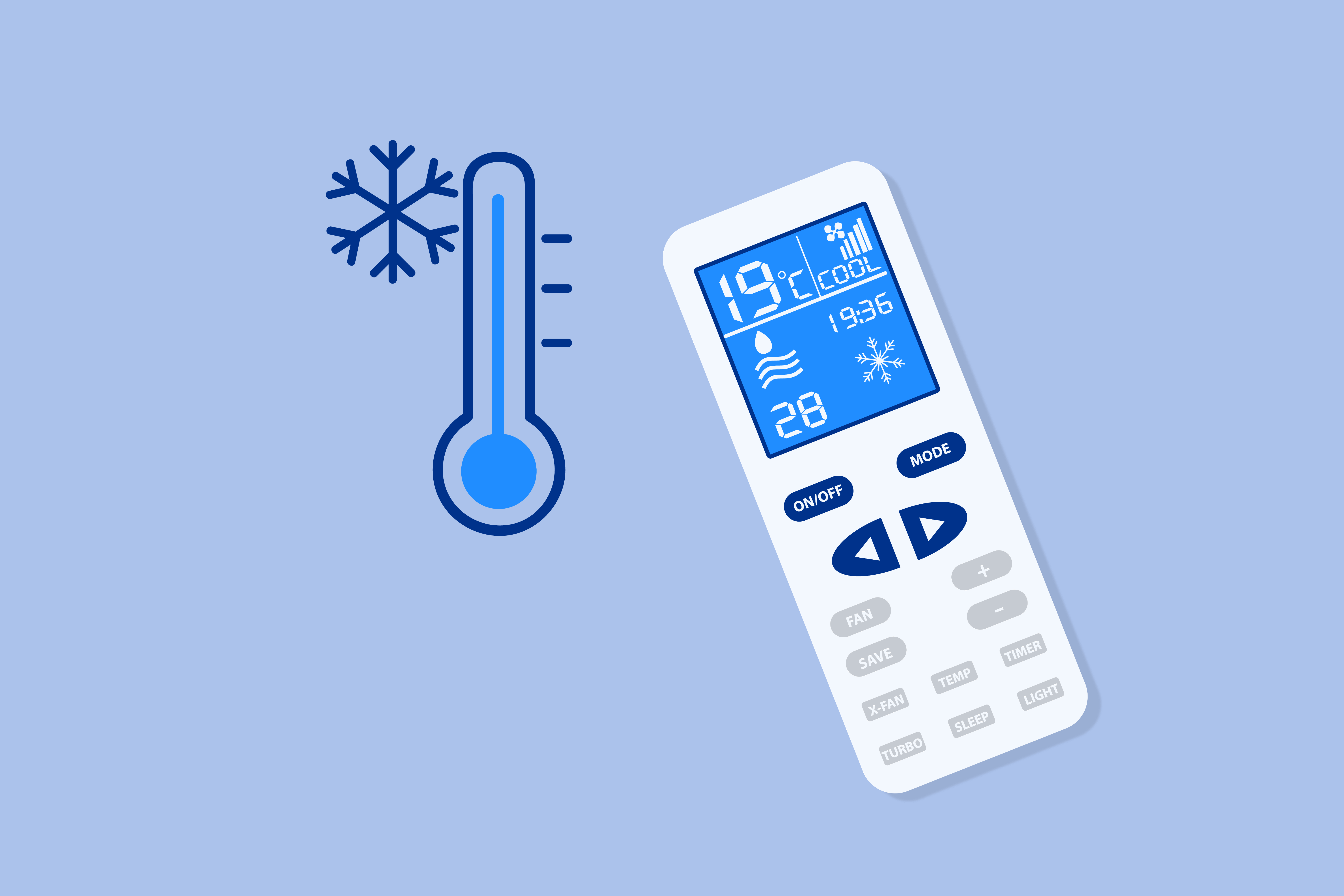
While lights and tech devices can be sleep stealers, modern advancements hold sleep benefits as well. High-tech materials and customizable beds can help improve comfort, helping you fall asleep faster.
Adjustable beds also allow you to change the angle of your upper body and legs. This can be particularly helpful for people who experience conditions like lower back pain or swelling since these adjustments can reduce back tension and promote circulation to improve comfort.
If you can’t afford an adjustable bed, a specialty pillow can still ease aches and stiffness. For example, a pillow for neck pain may have a contoured or shredded fill.
Acid reflux keeps many people up as well, and elevating the upper body can make a significant difference. Consider a wedge pillow for GERD along with sleep apnea and basic snoring.
6. Trick your brain
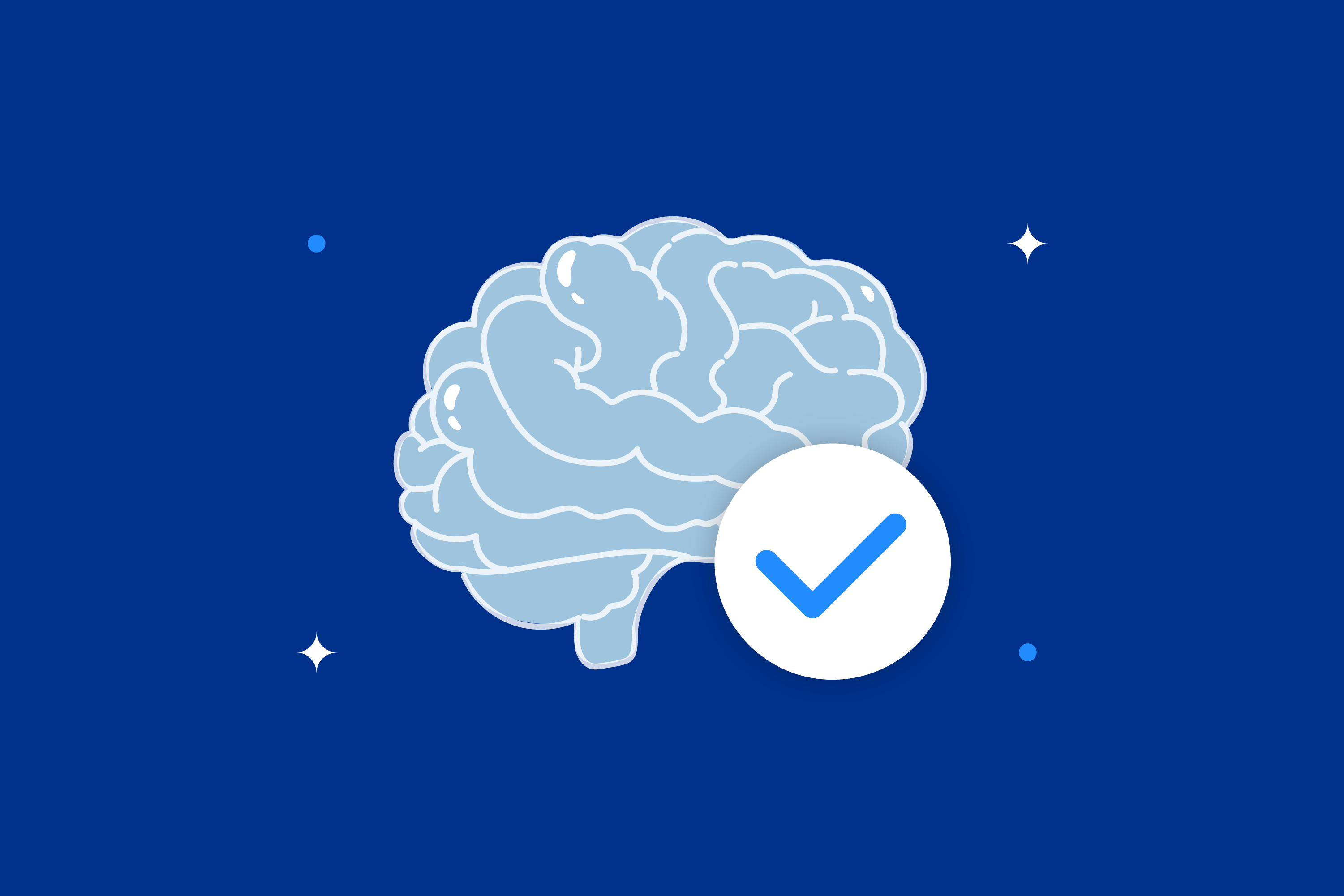 Do you know how sometimes when you try to do something, your stubborn brain backfires and does the opposite? Turns out, the principle of paradoxical intention (similar to reverse psychology, without the deception) might be useful for sleep as well.
Do you know how sometimes when you try to do something, your stubborn brain backfires and does the opposite? Turns out, the principle of paradoxical intention (similar to reverse psychology, without the deception) might be useful for sleep as well.
A Scottish study found that the clinical use of paradoxical intention (that is, purposely not trying to fall asleep while lying in bed) resulted in reduced sleep effort and anxiety for insomniacs compared to doing nothing. Likewise, a separate study Verified Source National Library of Medicine (NIH) World’s largest medical library, making biomedical data and information more accessible. View source found that high intention to fall asleep actually resulted in worse sleep quality.
Instead of thinking about trying to go to sleep, tell yourself that you’re trying to stay awake for a few minutes. If a dark, quiet bedroom makes your mind run, you can also try listening to an audiobook or podcast on low volume, or visualize relaxing activities in your mind, to take the focus off sleep itself.
7. Daydream with purpose
 For many people who struggle with falling asleep,
rumination
Verified Source
National Library of Medicine (NIH)
World’s largest medical library, making biomedical data and information more accessible.
View source
or unwanted thoughts can play a big role. Instead of drifting off peacefully, your mind slogs through the day’s events, embarrassing moments from years past, or tomorrow’s to-do list.
For many people who struggle with falling asleep,
rumination
Verified Source
National Library of Medicine (NIH)
World’s largest medical library, making biomedical data and information more accessible.
View source
or unwanted thoughts can play a big role. Instead of drifting off peacefully, your mind slogs through the day’s events, embarrassing moments from years past, or tomorrow’s to-do list.
One way to break the rumination cycle or disperse unwanted thoughts before bed is to practice visualization or imagery, similar to daydreaming. There are a few ways to do this:
- Simply visualize a calming scene in your mind, imagining and exploring it in detail — it could be a serene beach, calm forest, or anywhere else.
- Alternatively, you might visualize yourself doing something positive but repetitive, such as shooting free throws.
It may sound hippy-dippy, but if you focus on it effectively, daydreaming about relaxing scenes can really help ease your mind. During visualization, know that it’s OK if your mind wanders. Simply return your focus to the scene, gently and without judgment. Try out different methods and audio tracks to see what works best for you. Visualization can also be a helpful mid-day stress reliever to keep in mind.
This also allows you to let go of future and past worries and live in the present, which can sometimes be exactly what people need to put their mind at ease and finally fall asleep fast.
See also our guide to maladaptive daydreaming.
8. Eat carbs at night
This tip will take prior planning, but one study Verified Source Oxford Academic Research journal published by Oxford University. View source found that eating carbs four hours before bed helped people fall asleep faster and sleep better. The research looked at simple carbs, which are quickly and easily digested. These include things like white rice, white bread and pasta, and potatoes (as well as sugary foods). Interestingly enough though, a Japanese study only found sleep benefits from rice and not from bread or noodles. Even if you are trying to minimize carbs, it may be most beneficial for your sleep to at least eat a serving for dinner.
The key here is to keep dinners simple and moderate in portion, so you won’t be bothered with indigestion later. Otherwise, eating before bed can cause acid reflux and heartburn that keeps you from relaxing.
Eating carbs four hours before sleep was more effective than one hour prior in the study, meaning planning your evening meals could prove helpful. Spicy foods can negatively affect your ability to fall asleep fast, so keep that in mind, too.
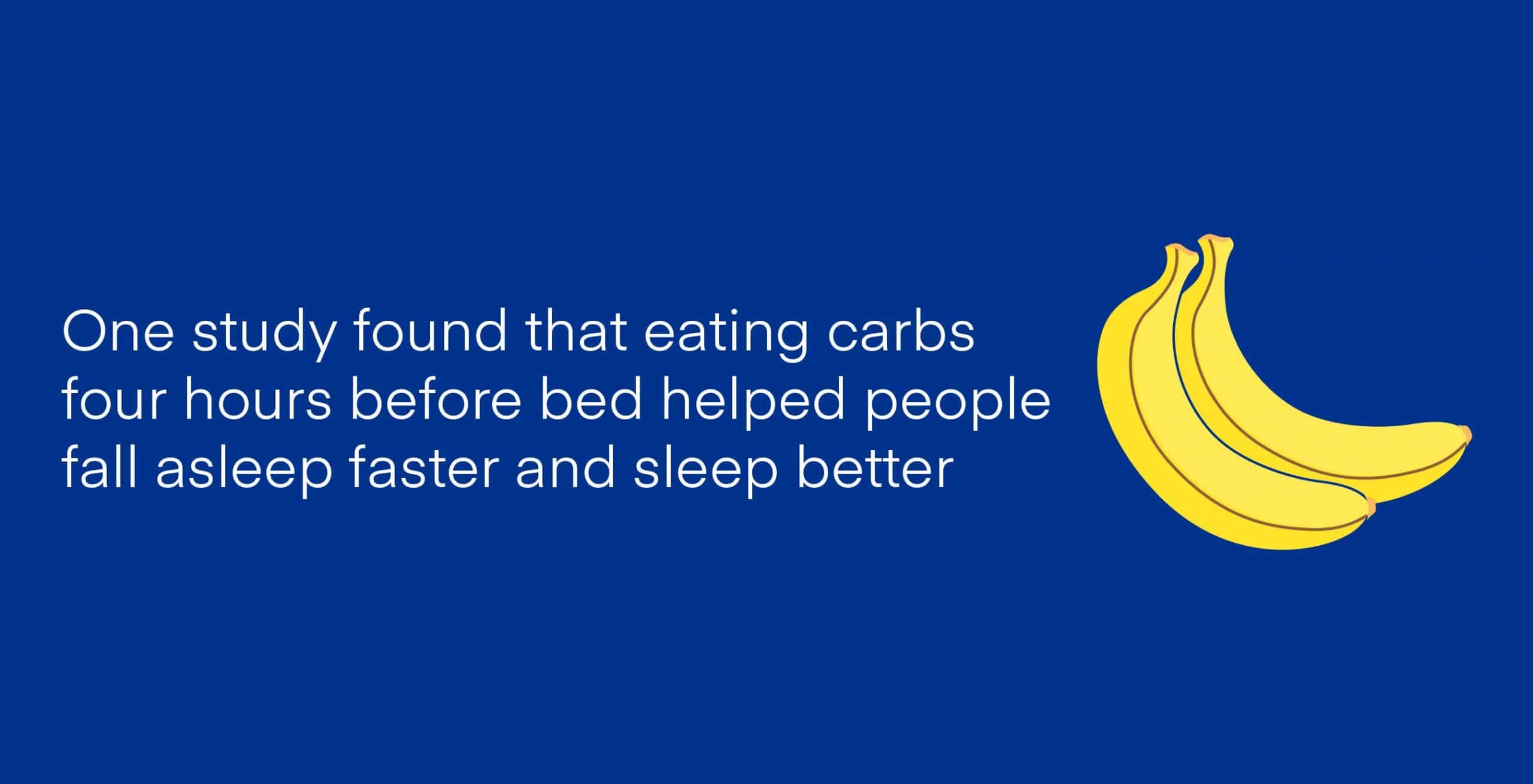
Frequently Asked Questions
Is it normal to fall into a deep sleep immediately?
For most sleepers, the idea of “falling asleep when your head hits the pillow” isn’t possible to achieve night after night. Sleepers who fall asleep that fast are often severely sleep-deprived and simply unable to keep their eyes open any longer.
The average sleeper needs about 15 to 20 minutes to fall asleep, though it is possible for some sleepers to regularly fall asleep faster than this. If you’re quick to fall asleep and feel well-rested in the morning, then how fast you fall asleep shouldn’t be too concerning.
Should you go back to sleep after waking up?
The answer depends on whether or not you got a full night’s rest. If you wake up an hour or two before your alarm clock is due to go off, it might be best to go back to sleep and get some more rest. However, if you’ve gotten about 7 hours of sleep, it might be best to get out of bed, rather than try and grab a few more minutes of shuteye and deal with sleep inertia.
How can I relax to fall asleep?
For many sleepers, the best way to relax before bed and make it easier to fall asleep is to limit your screen time. The blue light of a screen can stimulate your mind and trick you into thinking it’s still day, not time for bed. Turning off your screens an hour or two before bed and relaxing with a paperback book or doodling in your journal can help you feel ready for bed when it’s time.
What is it called when you fall asleep too easily?
Narcolepsy is the name of a condition where people can fall asleep just about anywhere and at any time. A person with narcolepsy may have such sleep attacks with or without warning.
How long a person with narcolepsy may be out after a sleep attack hits can vary. Some sleep attacks are “microsleeps” lasting only a few seconds, while others may fall asleep for a handful of minutes or half an hour.
Can I fall asleep in 3 minutes or less?
Falling asleep in three minutes is a stretch for the average sleeper, though some find they’re quick to nod off within five minutes of lying down and closing their eyes. Still, for many, it takes about 15 to 20 minutes to fall asleep at night, and taking 30 minutes isn’t unheard of.
That’s one thing to keep in mind when it comes to calculating your bedtime with a sleep calculator. You want to make sure you’re allowing yourself plenty of time to drift off to minimize stress over not falling asleep fast enough.
Conclusion
If you regularly have trouble sleeping, it might also be helpful to read about the basics of good sleep hygiene, and how to set your bedroom up for success.
Better yet, consult a behavioral sleep medicine specialist, if your sleep problem doesn’t seem to budge even with these lifestyle changes.
Have you tried any of these strategies? What are your recommendations for quick ways to fall asleep?
About the author
Rosie Osmun, a Certified Sleep Science Coach, brings a wealth of knowledge and expertise to the health and wellness industry. With a degree in Political Science and Government from Arizona State University College of Liberal Arts and Sciences, Rosie's academic achievements provide a solid foundation for her work in sleep and wellness. With over 13 years of experience in the beauty, health, sleep, and wellness industries, Rosie has developed a comprehensive understanding of the science of sleep and its influence on overall health and wellbeing. Her commitment to enhancing sleep quality is reflected in her practical, evidence-based advice and tips. As a regular contributor to the Amerisleep blog, Rosie specializes in reducing back pain while sleeping, optimizing dinners for better sleep, and improving productivity in the mornings. Her articles showcase her fascination with the science of sleep and her dedication to researching and writing about beds. Rosie's contributions to a variety of publications, including Forbes, Bustle, and Healthline, as well as her regular contributions to the Amerisleep blog, underscore her authority in her field. These platforms, recognizing her expertise, rely on her to provide accurate and pertinent information to their readers. Additionally, Rosie's work has been featured in reputable publications like Byrdie, Lifehacker, Men's Journal, EatingWell, and Medical Daily, further solidifying her expertise in the field.
View all posts